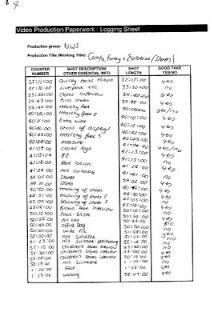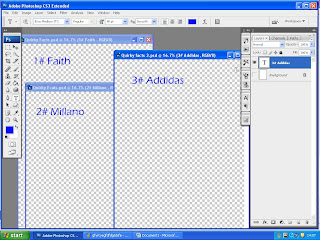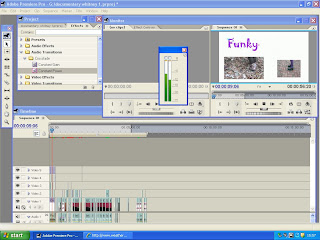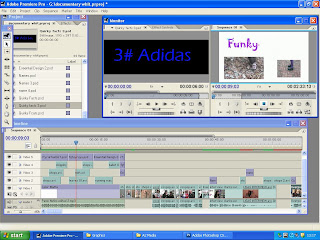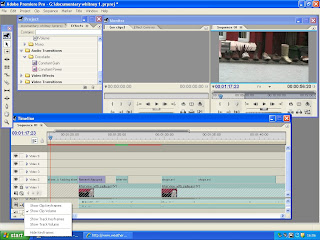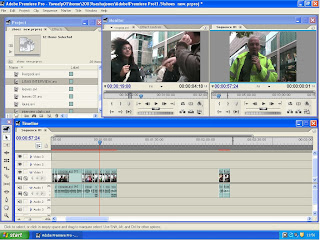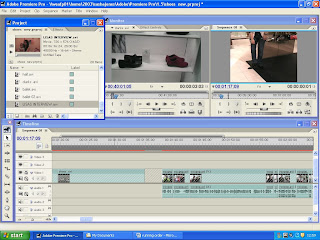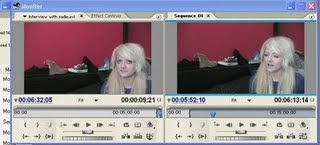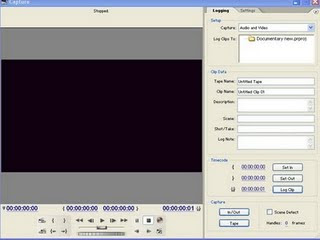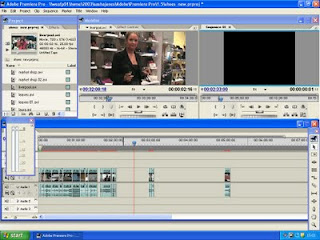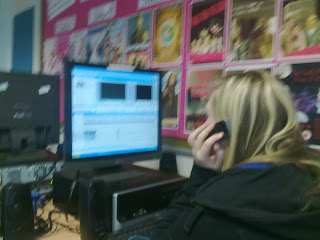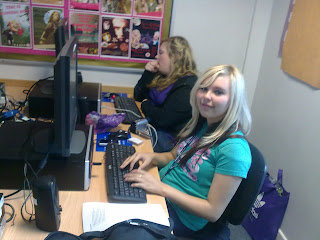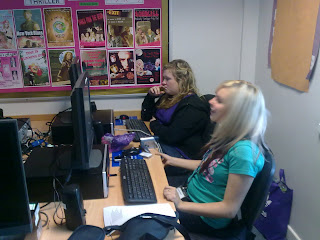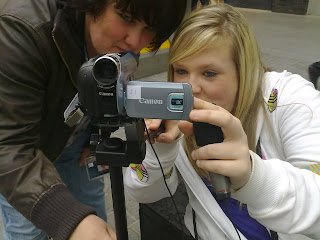This is what we decided upon as a class:
Trailers are produced in such a way they can be used in different TV and Radio
- Extracts from programme
- Voiceover outlining narrative of the programme and sometimes posing questions which will be answered in the programme (Enigma Code)
-Channel
-Scheduling
Radio Adverts consists of Sound Effects, Two different voice over’s. (Including the one that is included in the documentary and the other stating the channel and scheduling), Music Beds, lasting no more then 50 seconds and Content from the show itself.(All radio adverts are in multiples of 10,20,30,40,50 secs.)
Print Adverts includes a Visual Eye-catching Image, Specific Mise en Scene, Simplicity (Enigma Code), Logo of the Channel, Logo/Title of the programme, Scheduling.
Teaser Advert is sometimes produced before an actual Print Advert/Radio Advert as it gives enough information for the reader/listener to get enticed. Then nearer the time the final advert is produced with all relevant information on it.
Below is a selection of Print Adverts we looked at and analysed. I got them from this website:
http://www.4creative.co.uk/flash/#/keywords/print_ad/chinas_stolen_children_48_sheet


We used this selection of Radio Adverts for our analysis and inspiration
These are our initial ideas:
Print Ideas for the print advert we plan to keep it simple following a typical Channel 4 Advert. The idea is to have a big shoe made up of smaller shoes with the Channel and the Title. The idea of it is to be a Teaser Advert. We are going to use a Derren Brown advert for our inspiration. I am going to take main charge in the production of this.
Radio Ideas for the radio advert we are thinking of using mainly footage from the documentary itself, having it quick and fast paced with an underlying music bed. This is so our audience can get an idea of what will be included in the documentary and the style it is filmed in. We are going to use an Animal Documentary advert for our inspiration. Whitney is going to take main charge in the production of this.
Producing the Print Advert the idea was finalized as a group. Deciding to include a big shoe made up of little shoes, the title, channel and scheduling. I was in charge of the production of the print advert however we still had group discussions and inputs on possible and best ideas throughout. The BIG shoe was the main image; this took up a lot of my time as it was tricky to produce in the shape of a shoe. I used a site called http://www.polyvore.com/ to produce the shoe for the rest of the group to see. I then took the image in and asked the other members of the group if they liked the idea. They all agreed it would be a suitable main image. We then went on to take individual pictures of shoes to create the shoe a second time. As a group we shared this responsibility as we needed a lot of pictures. All images were uploaded and edited so they were in black and white; I then had to cut them all out. This was time consuming however the finished product looked effective. I felt slightly disappointed as the second image created was not as good as the first image I feel this is because we has a mixture of Black's, Grey's and White's in the second image whereas the first image all the shoes were black making it look a high quality and standard. I think the production of the Print Advert went successfully but only down to the fact we communicated throughout effectively having input from the other members of the group. Reflecting on the print advert I think it is better we used our own images for the final shoe. It was not a waste of time producing the first shoe as this gave us all overall inspiration.
The image below is of the first shoe I created, to get the shape I had to draw an outline on the computer screen as the site didn't include a shoe outline. I think this helped me a lot to get a perfect shape.Original Shoe done in http://www.polyvore.com/

A scan of the draft we went through to get the final product

A scan of the draft we went through to get the final product

A scan of the draft we went through to get the final product

This is our pencil sketches of our intended advert

This is another pencil sketch of the main image in more detail.

The images below are of me using the website http://www.polyvore.com/ to create the shoe



Creating the final shoe in Adobe Photoshop

Producing the Radio Advert the idea was finalized as a group. Deciding upon a fast paced fun and energetic advert including content from the documentary (vox pop’s & interviews) and also music tracks that are used throughout the documentary. Whitney was in charge of the production of the Radio Advert but as with the print advert the rest of the group participated by inputting ideas and suggestions. Collaborating audio footage from the documentary and importing it into audition was new to the group and we had to ask for assistance. To help with the production of the Radio Advert we made sure it was planned before hand, we produced an edit decision list to help with this process.
Edit Decision List for ease when adding everything together

Adobe Audition was used to create the Radio Advert.





I was really happy with the finished advert as it was well suited to our audience and I feel it would attract them and anchor them in. I thoroughly enjoyed producing the Print Advert and imputing into the Radio Advert I felt that the positive contributions as a group made it easy to meet deadlines and produce Adverts of a high quality standard. I feel I could improve the Print Advert if I had more time to take better quality pictures and also use just black shoes instead of adjusting the colours.
Our Radio Advert will be scheduled for broadcast on weekdays at 7am-9am and 4pm-6pm as this is prime time. Our target auidence will be listening to the radio while preparing tea, doing housework, on their way home to/from work and returning/going from shool with their children. It will also be played at weekends throughout the day.
It will be broadcasted on commercial radio stations such as Heart FM and Real Radio.




